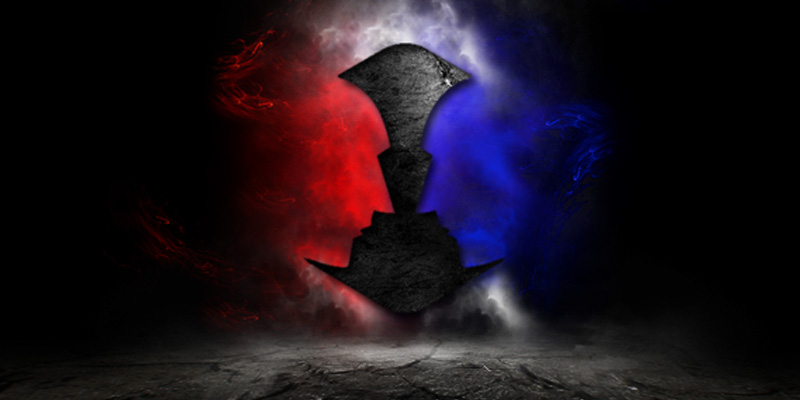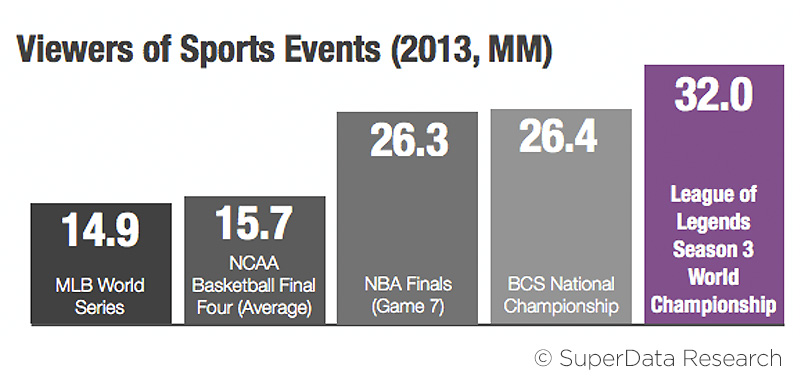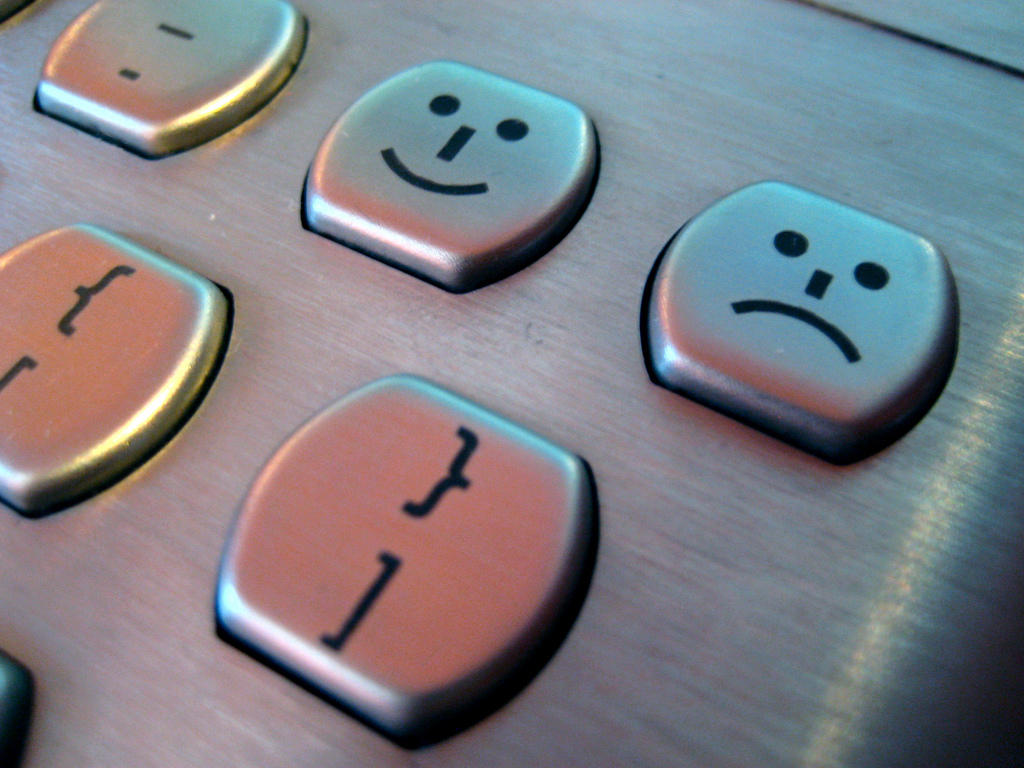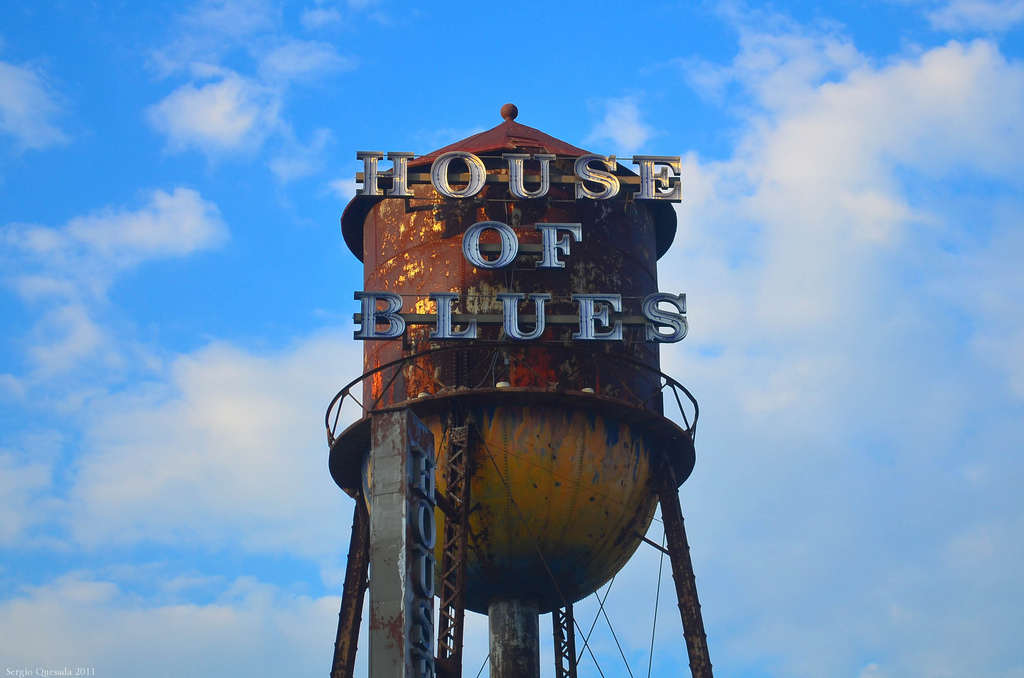How VenueDataSource Can Help You Be a Better Leader
IAVM, and specifically VenueDataSource, received some love from architecture firm HKS earlier this month.
“Several years ago, we learned that IAVM initiated a project called VenueDataSource, which gathers data on operational costs and revenue in IAVM member convention centers, stadia, arenas and performing arts facilities,” wrote Ken Stockdell, Jr., director of convention center practice for HKS. “This data provides a benchmarking tool that facilities can use to measure their operations against the industry as a whole. Although the project is fairly early in its life cycle, some helpful information is emerging. A conference session, presented by Steve Schwartz, senior research policy analyst at EventsDC, and Frank Ingoglia, research manager with IAVM, provided a report preview on facility operating costs and revenues. The picture it paints helps quantify industry trends.”
I encourage you to visit the HKS page to read about what was learned by the firm’s team at VenueConnect during the research session.
And if you’re planning on attending either the upcoming Arena Management Conference (AMC) or the International Convention Center Conference (ICCC), be sure and attend the VenueDataSource sessions.
At AMC, Russ Simons—managing partner at Venue Solutions Group—will moderate a panel session titled “Using VenueDataSource to Your Advantage.” Attendees will learn about VenueDataSource and the type of data available and how it can be used by senior leadership.
During ICCC, Schwartz will participate in a panel discussing how to turn data into information. Session attendees will explore how to use benchmarking data to maximum effect, with VenueDataSource as an example.
Dissatisfied and Satisfied Employees Equally Quit Jobs
Sure, we humans have a lot in common with one another—we breathe oxygen, we need water to survive, our bones give us structure—but when it comes to work, we definitely are not all the same. Some people like to work alone; some like to collaborate in teams. Some employees work for money; some work because they love their jobs. And some people quit because they’re dissatisfied with their employers; some quit even when they’re satisfied.
Yes, it’s true. Dissatisfied and satisfied employees equally quit jobs. That’s the finding in a recent study by a Texas Tech professor and two colleagues titled “Understanding the Drivers of Job Satisfaction of Frontline Service Employees, ‘Learning from Lost Employees.'”
“Mayukh Dass and his team discovered a company’s desire to invest in satisfying employees because it helps with retention may be fundamentally flawed,” George Watson reported for Texas Tech Today.
Dass told Watson that companies should analyze how their employees vary in satisfaction.
“This information will be helpful in developing better employee retention programs, and be successful in retaining the best talents,” Dass said.
The researchers found that employees who quit were not tempted by better offers from other companies. In fact, an employee’s starting salary at a new job was about the same as it was at the previous job.
“Dass’ group also discovered another aspect to employee retention that challenges preconceived notions,” Watson reported. “It is generally assumed the reasons an employee leaves a firm due to dissatisfaction translates all across the employee spectrum. However, Dass and his group discovered the ‘model of satisfaction formation’ can vary from employee to employee.”
Dass suggests that employers evaluate employee motivation on an individual level to better understand why a person would stay or leave.
“I would encourage companies to move away from ‘one-size-fits-all’ retention programs to more ‘multi-dimensional’ retention programs,” Dass said.
Are You an eSports Venue?

The notable rise of eSports is sparking an entirely new content opportunity for venues of all types, as stadiums, convention centers, and everything in-between prove to be a potential host for the on-screen battles. Joining the mix is the new eSports Arena, the first venue in the U.S. dedicated to hosting live gaming events. The venue—opening soon and located in downtown Santa Ana, California—will feature modular gaming stations that can be moved to facilitate conversion into a 1,000-seat auditorium. The arrival of this new arena mirrors the rapid growth of online gaming as a spectator sport, evidenced by this graph included in a 2014 report available from SuperData Research:

As the pool of online viewers continues to rocket upward, venues are responding by becoming the real-world space for this massive online community. On October 4, 2013, a US$1 million cash prize was awarded to the winning team in the League of Legends Season 3 Championship. In addition to the 32-million online viewers, the finals were hosted live at the sold-out Staples Center, with all 18,000 tickets being purchased in one hour.
This morning, a new BBC story highlighted Insomnia, a recent eSport event held in a massive tent covering the football pitch of Ricoh Arena in Coventry, England. The reported debate over using the term “sport” to describe this new live event might be interesting to a few, but the more important conversation for the IAVM community is—how is your venue going to connect to this immense new pool of spectators?
Additional slides from SuperData Research:
Industry News Weekly Roundup
There was a lot of news this past week. Here are some stories that caught our eyes.
The 25 Most Popular Music Clubs in the U.S.
—Billboard
“A major artist in front of a small crowd — investors call it a “perishable experience”; fans call it a once-in-a-lifetime moment. It plays out over and over in the club world, and it is one reason why the live music business remains at a premium in an ever increasingly on-demand entertainment culture of streaming and DVRs.”
Your Phone is Key to the Future Of Concerts
—Fast Company
“More and more, seeing your favorite band play live revolves around your mobile phone.”
New Generation is Happy for Employers to Monitor Them on Social Media
—The Conversation
“Allowing bosses or would-be employers a snoop around social media pages is a growing trend in the US, and now a new report from PricewaterhouseCoopers and the Said Business School suggests it may well become the norm.”
7 Ways to Work Better… By Working Less
—Contently
“While it’s important to manage and schedule tasks, time is only half the equation. The second half is about managing energy, which, unlike time, is replenishable. Even though many of us think the best way to work hard is to put our heads down and grind away, making the most efficient use of your time is all about renewing energy.”
The Loudest Word in Rock and Roll
—The Atlantic
“‘The’ has risen and fallen in popularity among band names over the years. But its presence or absence always says something about a group’s music, members, and relationship with history.”
(photo credit: squesada70 via photopin cc)
Meet the World’s First LED Basketball Court
Behold, the world’s first LED basketball court. Play the video above to watch it in action. Then play it again, because cool things deserve to be played twice.
Nike built the court in a facility called the House of Mamba in Shanghai to help Kobe Bryant teach young basketball players his moves.
“The court can lay out sets of moves for individual people, create drills based on Bryant’s training programme that are adapted for the court, and respond to mistakes as well as display performance stats,” Dezeen Magazine reported. “It can also show classic court markings, with customised overlays including Nike’s RISE branding. When not in use for training and games, the LED surface can display almost any combination of moving images, graphics and colours.”
Now, go watch that video again. Cool, eh?
Do you want to receive a Front Row News weekly digest?
Categories
- Allied (861)
- Architecture (147)
- Arenas (747)
- Career (897)
- Convention Centers (895)
- Education (623)
- Events (1,544)
- Food & Beverage (193)
- Foundation (113)
- Guest Experience (1,496)
- Industry News (2,270)
- Leadership (1,888)
- Marketing (150)
- Membership (2,000)
- Music (213)
- Performing Arts Centers (454)
- Professional Development (409)
- Research (127)
- Safety & Security (442)
- Sports (763)
- Stadiums (608)
- Student (159)
- Technology (516)
- Ticketing (92)
- Touring (82)
- Trends (364)
- Uncategorized (739)
- Universities (218)
- Video (25)
- Young Professional (198)
Twitter Feed
- Twitter feed loading
Recent Posts
- New Member Benefit! IAVM Partners with Advantage Training to Elevate Staff Readiness and Guest Experience
- Charlotte Convention Center Welcomes Two New Leaders to its Management Team
- Fort Worth Cuts Ribbon on Phase 1 of Convention Center Expansion
- Raleigh Convention Center Update Following December 1st Fire
- VenuWorks Appoints Robert Thomas as Executive Director for Cedar Rapids Facilities
Categories
- Allied
- Architecture
- Arenas
- Career
- Convention Centers
- Education
- Events
- Food & Beverage
- Foundation
- Guest Experience
- Industry News
- Leadership
- Marketing
- Membership
- Music
- Performing Arts Centers
- Professional Development
- Research
- Safety & Security
- Sports
- Stadiums
- Student
- Technology
- Ticketing
- Touring
- Trends
- Uncategorized
- Universities
- Video
- Young Professional
Archives
- December 2025
- November 2025
- October 2025
- September 2025
- August 2025
- July 2025
- June 2025
- May 2025
- April 2025
- March 2025
- February 2025
- January 2025
- December 2024
- November 2024
- October 2024
- September 2024
- August 2024
- July 2024
- June 2024
- May 2024
- April 2024
- March 2024
- February 2024
- January 2024
- December 2023
- November 2023
- October 2023
- September 2023
- August 2023
- July 2023
- June 2023
- May 2023
- April 2023
- March 2023
- February 2023
- January 2023
- December 2022
- November 2022
- October 2022
- September 2022
- August 2022
- July 2022
- June 2022
- May 2022
- April 2022
- March 2022
- February 2022
- January 2022
- December 2021
- November 2021
- October 2021
- September 2021
- August 2021
- July 2021
- June 2021
- May 2021
- April 2021
- March 2021
- February 2021
- January 2021
- December 2020
- November 2020
- October 2020
- September 2020
- August 2020
- July 2020
- June 2020
- May 2020
- April 2020
- March 2020
- February 2020
- January 2020
- December 2019
- November 2019
- October 2019
- September 2019
- August 2019
- July 2019
- June 2019
- May 2019
- April 2019
- March 2019
- February 2019
- January 2019
- December 2018
- November 2018
- October 2018
- September 2018
- August 2018
- July 2018
- June 2018
- May 2018
- April 2018
- March 2018
- February 2018
- January 2018
- December 2017
- November 2017
- October 2017
- September 2017
- August 2017
- July 2017
- June 2017
- May 2017
- April 2017
- March 2017
- February 2017
- January 2017
- December 2016
- November 2016
- October 2016
- September 2016
- August 2016
- July 2016
- June 2016
- May 2016
- April 2016
- March 2016
- February 2016
- January 2016
- December 2015
- November 2015
- October 2015
- September 2015
- August 2015
- July 2015
- June 2015
- May 2015
- April 2015
- March 2015
- February 2015
- January 2015
- December 2014
- November 2014
- October 2014
- September 2014
- August 2014
- July 2014
- June 2014
- May 2014
- April 2014
- March 2014
- February 2014
- January 2014
- December 2013
- November 2013
- October 2013
- September 2013
- August 2013
- July 2013
- June 2013
- May 2013
- April 2013
- March 2013
- February 2013
- January 2013
- May 2012
- March 2012
- December 2011
- November 2011
- October 2011
Recent Comments
- Frank Bradshaw, Ph.D., CVE on John Meyer, CVE, a Tireless Advocate of Certification for Venue Professionals, Has Died
- Neil Sulkes on Hilary Hartung, Friend to Many in Venue Marketing, Has Left Us
- Jason Parker, CVE on The Devastation of Hurricane Helene and How We Can Support One Another
- Larry Perkins on Touhey Testifies Against Speculative Ticketing Before Congressional Subcommittee
- Peter Secord on Major Players for Planned Elkhart Amphitheater Were in the Mix at VenueConnect



